Many people admit that drip coffee is the most popular and widely enjoyed type of coffee worldwide. The main reason is that this brewing method is able to maintain the natural characteristics of coffee and its fast serving.
As you can imagine, with this technology you can make natural coffee as fast as serving ordinary tea bags. The term drops refer to the method of brewing coffee by pouring it and the presence of coffee in a special bag.
Contents
What is Drip Coffee?
Drip coffee is one beverage made by the drip method. Technically it involves pouring hot water over ground coffee in a specially designed filter bag. After they extracted a moment, then we can collect the coffee as it drips into a glass or carafe that already placed below the filter.
These bags can be paper, metal, or cloth filters. Using a filter absorbs the oil content in the coffee, so drip coffee doesn’t produce crema unless it’s a metal filter.
Many opinions say that drip coffee is coffee that is only brewed using an Electric Drip Coffee Machine, but if you look at the original definition it is more than that. There are actually many methods that can be used, including French Press or Aeropress, but the most popular are the Pour-Over Cone and An Electric Drip Coffee Maker.
This method of brewing coffee is very popular in the West, particularly in North America. Even today, the Electric Drip Coffee Maker is the most common piece of equipment you see in many American homes.
A Brief History of Drip Coffee
The invention of the paper coffee filter by Melitta Bentz in 1908 in Germany started the history of drip coffee. Paper filters are commonly used to make drip drinks all over the world.
Percolator was the method most widely used at that time until in 1954 the electrical drip brewer was invented by Gottlob Widmann in Germany. Then the tool was patented under the name Wigomat as the world’s first electric drip coffee maker.
On the other hand, Japan actually only started getting to know drip coffee in the late 1990s. Our assumption is because Japanese people like tea more than coffee.
In the end, drip coffee technology is also increasingly popular in this country, they even make the process of cooking drip coffee a traditional ceremony. Currently, drip coffee is increasingly popular in the world, considering that more and more people recognize the quality and convenience of this method.
What Makes Drip Coffee Different?
What sets it apart from other methods is its simplicity. The devices used rely solely on thermally induced pressure to move hot water to the ground. Then with the help of gravity, the water will be pulled down through the coffee grounds, then gently dripped into the cup.
As a result, this method will dissolve much less of the coffee’s soluble mass as the water passes through it. The use of filters, especially paper, will absorb a lot of the oil contained in coffee. This makes drip coffee less likely to have a crema like an espresso, French press, or percolator coffee.
Brewing coffee this way is very easy and affordable. The resulting taste is very soft, light, refreshing, and pleasant, this is why drip coffee is the standard choice of millions of fans around the world.
How to Make a Good Drip Coffee
The working principle of the drip method is to let hot water filtered through the coffee grounds, that’s where the extraction process takes place. There are two common ways to make drip coffee, namely using a pour-over cone or using a coffee machine.
In the following we share for you a step-by-step guide to using both, we hope you enjoy both and can try them at home. In this case, we use the general ratio which is 15 g of coffee for 250 ml of water
Using Pour Over Cone
- First, heat the water until boiling.
- While heating the water, grind the coffee beans and set to coarse to medium grind.
Place a new paper filter into the cone of your equipment. - Rinse the filter and preheating the equipment by pouring some hot water through the filter.
- Then first throw out the water you used for rinse and preheating.
- Place your coffee ground into the filter and level it, now we are ready to start pouring over the water to the ground.
- Start pouring 30 ml of water onto your ground and leave it to bloom for 30 seconds.
- After waiting for thirty seconds, continue your pour in phases until your water ran out. The process normally completed in less than 3 minutes.
- If you see it takes more or less time than normal, this means your grind needs to be adjusted.
Using Coffee Machine
Factors that Affect Drip Coffee Flavor
There are several factors that can affect the quality of your coffee. To create a delicious and balanced cup of coffee, you must pay attention to them:
Water Quality
Water is most essential for many beverages, drip coffee is no exception. The quality of water you use determines the quality of your drink.
So, which water should we use? It’s a great choice for you to use filtered water or bottled water. Since they have a good balance of minerals.
Coffee to Water Ratio
In general, you need 2 tablespoons of ground coffee to brew along with 6 ounces of water. However, some people have their own preferences. In fact, we have discussed further and in detail the coffee to water ratio for brewing drip coffee. Please open that page.
Water Temperature
The ideal water temperature for brewing the droplets is between 195 and 205 degrees Fahrenheit. This standard also applies to various uses of drip cones or drip coffee machines. This is the ideal temperature the water should have when it hits the ground.
The Grind Size
Too fine grind makes the steeping time goes longer and allows more soluble solids to pass through the filter. As the result, you will get less clear coffee and typically will disappoint you or many other drip coffee lovers. This such a case is also known as over-extraction.
When the grind too coarse, will allow the water will pass through the coarse grind and the filter easier, resulting in under-extraction. This such a case usually going to result in a weak and tasteless coffee with little caffeine and no aromas.
Brewing Time
The time needed to brew drip coffee (pour-over or coffee machine) is ideally about 3 minutes. If it is less or more than that, then you should observe the water temperature and the size of your grind.
When your coffee machine drips too quickly, it is likely that your water temperature is too high or your grind is too coarse. Then what you get is less extracted coffee.
Drip Coffee Vs Turkish Coffee
Turkish coffee brewing is been around since the early 1400s, which means it is one of the oldest brewing methods. One thing that is special in brewing Turkish coffee is the use of a small pot called Cevze or also known as Ibrik. The pot usually made of brass or chopper and has a long wooden handle.
To brew the Turkish coffee, you need to fill the pot with coffee grounds and water, then held it over a heat source to start the brewing. The result is a very concentrated and muddy coffee since it doesn’t use any filter.
As we describe, the usage of the filter is the main difference between Drip coffee and Turkish coffee. Moreover, Turkis coffee taste is stronger and often bitter than drip coffee.
Compared With Espresso
If we compare drip coffee with espresso, we will find many differences between the two. But the main difference between the two is the fineness of the grind and the brewing time.
To brew espresso we need a very fine grind. This is of course related to the brewing time of espresso coffee, which is also much shorter.
In addition, to brew espresso we need an espresso machine that produces pressures up to 15bar and. As a result, a cup of espresso coffee is certainly much stronger, thicker, and has crema on it.
Compared With Americano
Americano also known as a diluted espresso and does have many of the characteristics of an espresso. Because it is made from espresso, it means that Americano is brewed using a metal filter that does not absorb the oil content in the coffee. This is of course different from Drip Coffee which usually uses filter paper in its brewing.
As a result, Americano has a stronger and bolder taste compared to drip coffee which often has a more acidic taste.If you have a problem with the acid in coffee content, you can choose another alternative, namely acid-free coffee which we have discussed on this blog page.

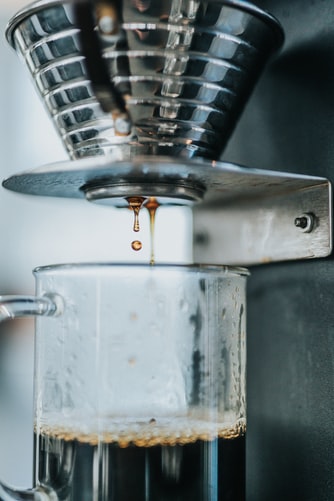
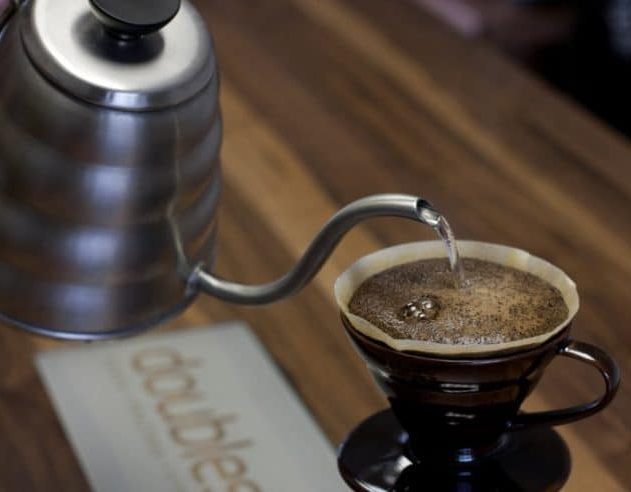
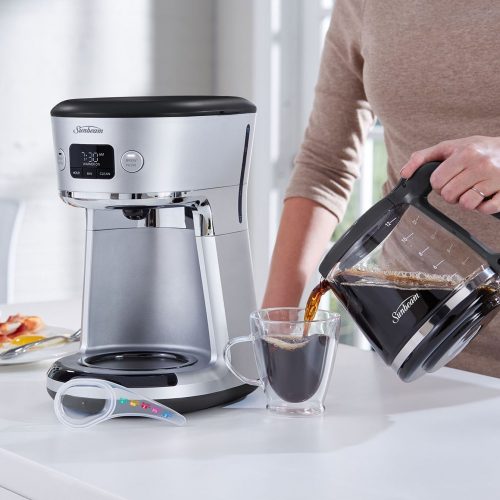
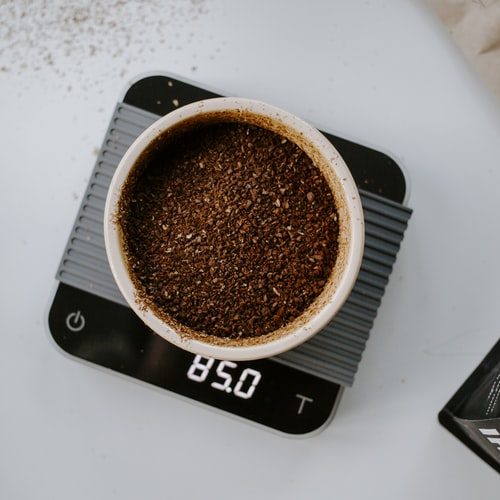
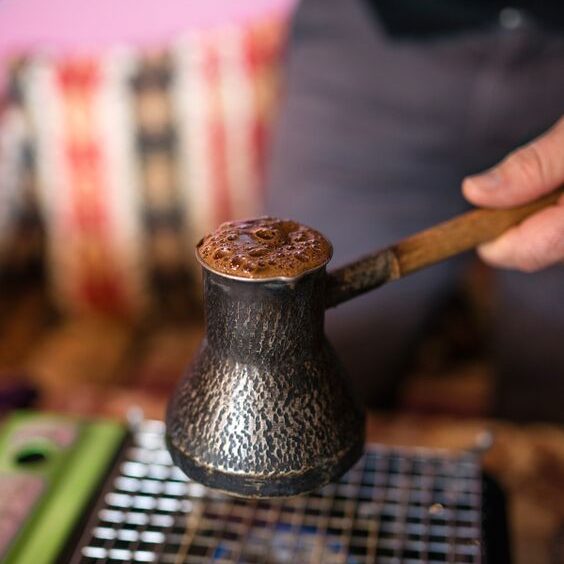
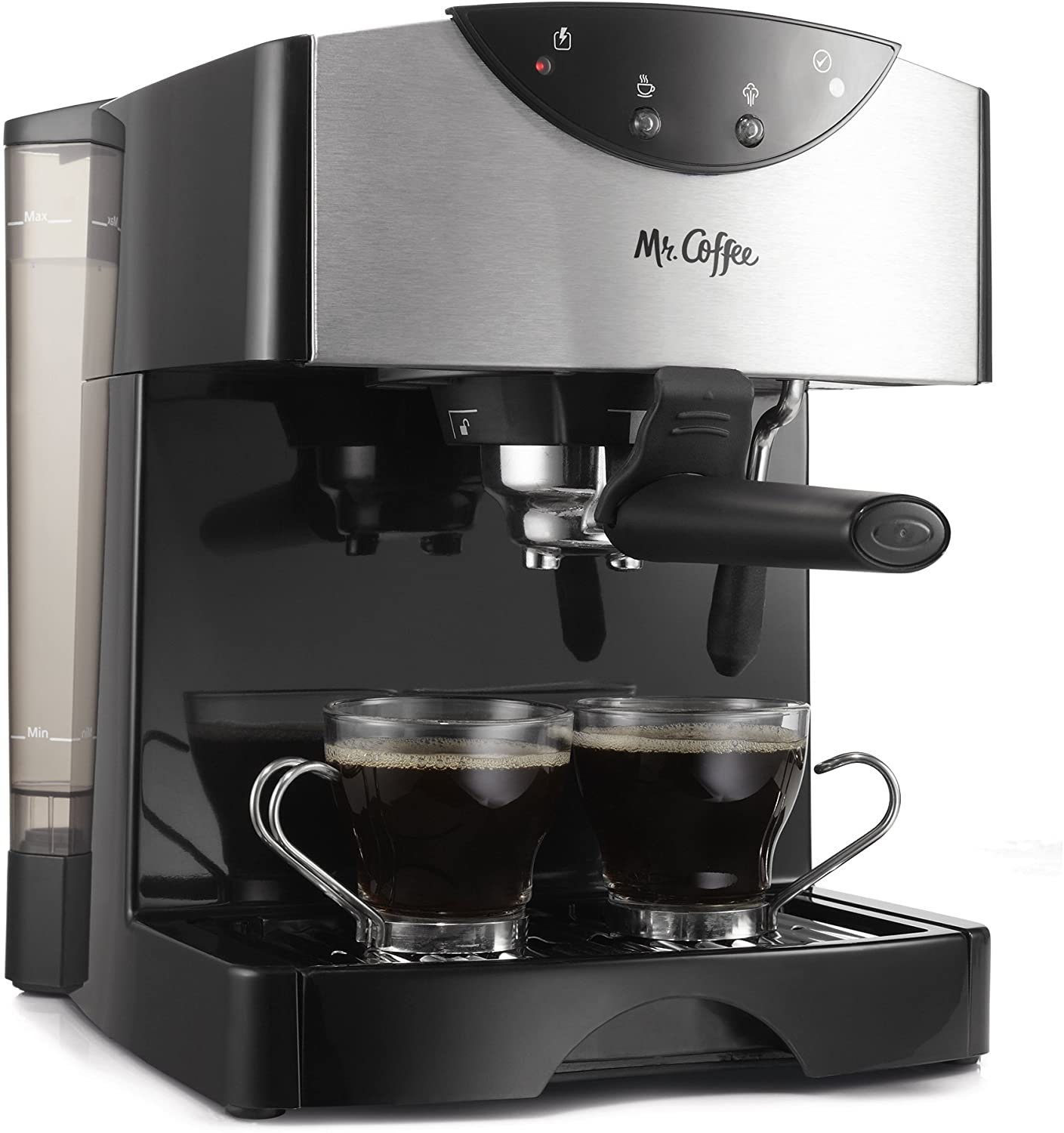
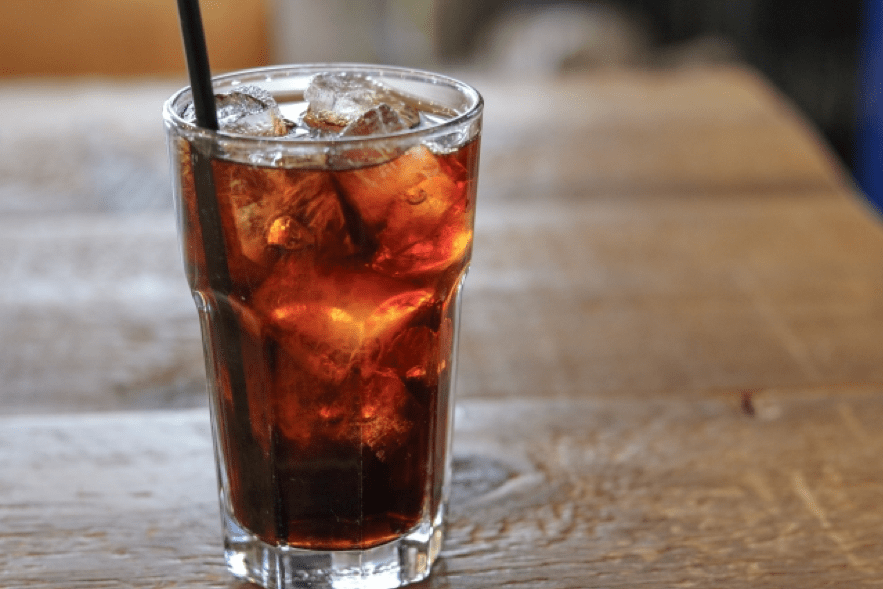
Great Article. One thing to note though. Does a 10-12 Cup American Coffee Machine Exist that will put all the water through it in 3-4 minutes. All Coffee Machines that I have seen through my entire life take about 10 minutes resulting in over extracted coffee. I now use the pour over method to make single or double cups of coffee. If I make any more like 5-8 cups of coffee I use a French Press method. They all take 3-4 minutes to make “ALL” of the coffee. If your water is taking longer to go through the coffee regardless of how much you are making. You are over Extracting the coffee. This does not mean it is going to taste horrible but it is over extracted coffee. When I do use the French press method I also pour it through paper filter b4 I drink it.